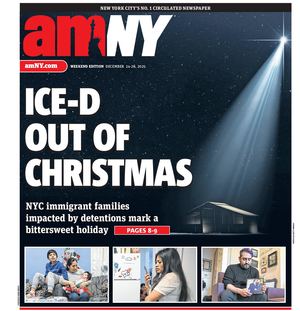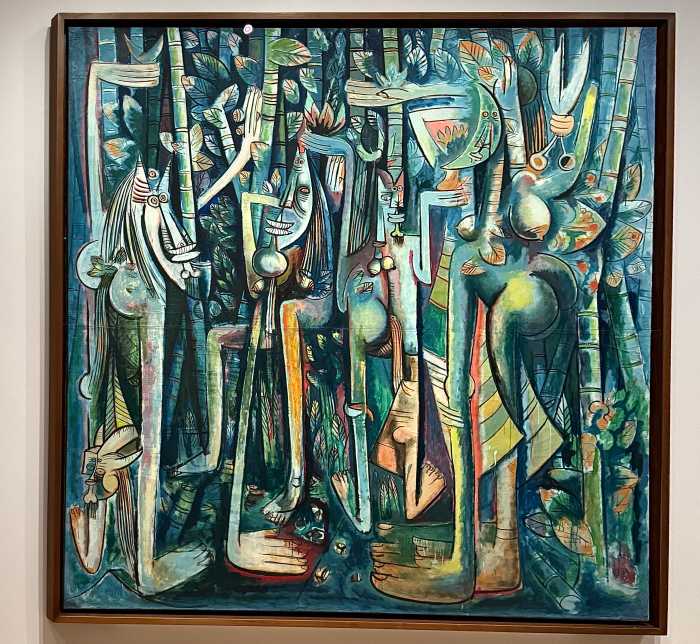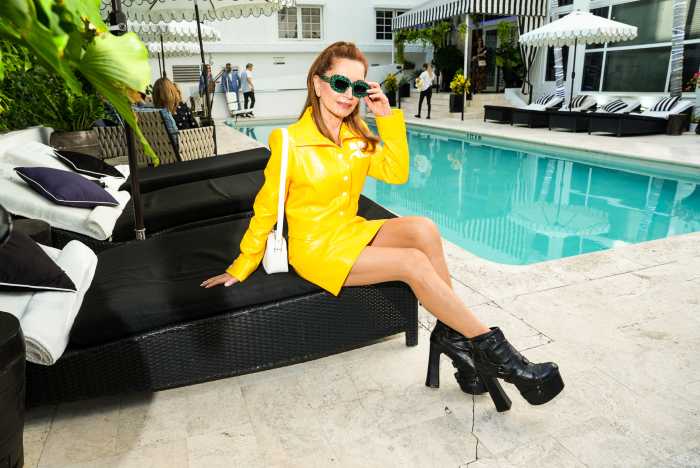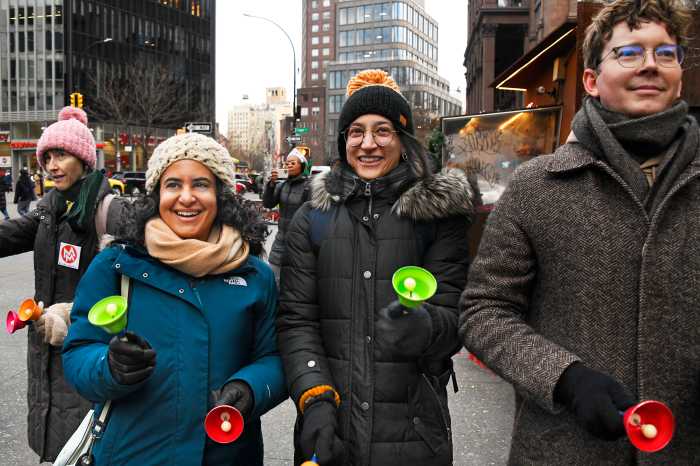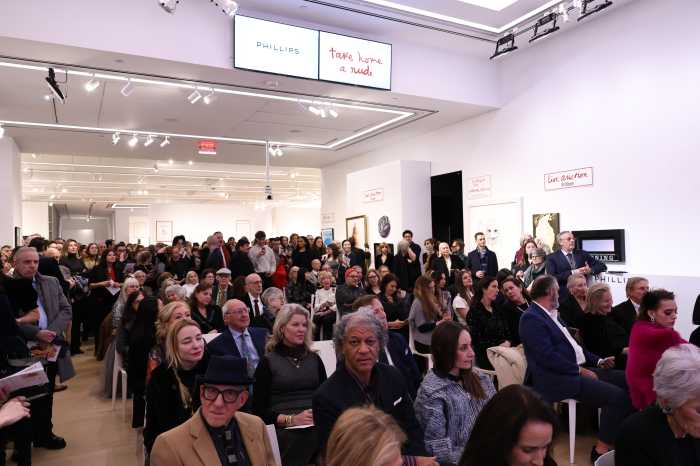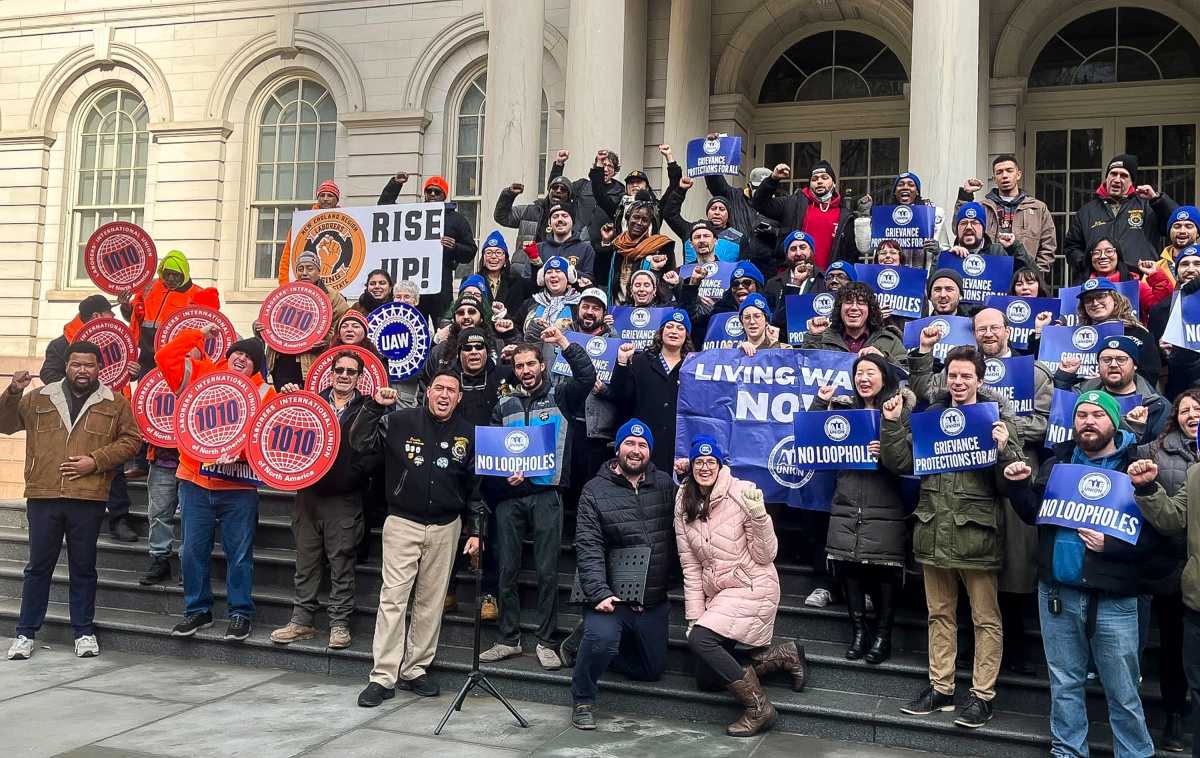By Muneeza Iqbal
Swedish Fish isn’t the only candy that swam its way across the pond and into the American market. Sockerbit, a Scandinavian store in the West Village, offers 140 varieties of delicious Scandinavian candy that could put Willy Wonka to shame.
The plain, white interior of the shop, at 89 Christopher St., allows the bright colors of the candy to stand out and lure customers in.
Sockerbilt, which means “sugar cube” in Swedish and is also one of the white candies sold at the store, was the inspiration behind the white decor. One can find familiar gummy frogs, snakes and cola bottles. But there are also unique Scandinavian candies, such as lakritskritor (a licorice-based treat), also available. Whereas candy lines one wall, the other displays other Scandinavian goods, such as drink concentrates, cookbooks and various pantry items.
Swedish chocolate is also available. According to store owner Stefan Ernberg, Swedish chocolate is comparable to Belgian or Swiss, but unfortunately isn’t marketed as well.
A large sign inside informs customers that the candy is free of trans fat, genetically modified ingredients, and contains all-natural coloring. No corn syrup is used either, making the candy quite healthy. It is less sweet, which allows the treats’ actual flavor to tantalize the taste buds longer.
The original Swedish Fish, known as pastellfiska in Sweden, which literally translates to “pastel fish,” come in a variety of colors and flavors unlike their red counterparts that are familiar in America. However, customers will be disappointed to know that the store doesn’t actually sell any authentic Swedish Fish due to U.S. Food and Drug Administration regulations.
The Swedes are proud of using only natural colors in their candy. However, the F.D.A. has banned the green coloring used, for reasons that Stockerbit’s Ernberg cannot understand. Given that the dye is made of all-natural ingredients — including chlorophyll — he doesn’t think that it can be potentially harmful.
“It is a shame that the U.S. doesn’t allow it,” he said. This is the reason that the original Swedish Fish, along with various other Swedish candy and licorices, cannot be imported into the U.S.
“People come in expecting to find them but we have to say, ‘No, sorry!’” he said.
Ernberg thinks this might just be the government’s way of controlling imports and lowering competition for local candy. The candies at the store that are green have been made using artificial dyes, and tags in front of those candy boxes clarify this fact.
Ernberg and his wife, Florencia Baras, who co-owns Sockerbit with him, moved to the States last year with aspirations of opening a Scandinavian candy store because they knew that nothing of the kind existed in this country. Three months ago their dream came true, and they now hope to expand the candy store into a Scandinavian-style deli.
“The news about our store spread like fire amongst the Swedish community,” Ernberg said.
Ernberg grew up in the Swedish town of Bastad and met Baras, who is originally from Argentina, while living in Spain. They love to travel and their adventurous spirit landed them in the U.S.
“We wanted a challenge and something different in our life,” he said. An exotic candy store in the West Village seems to have satiated that desire.
